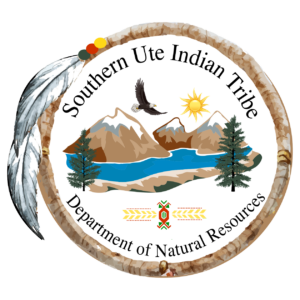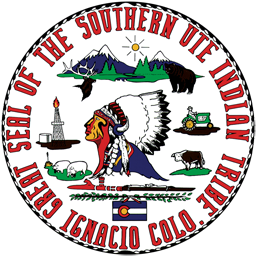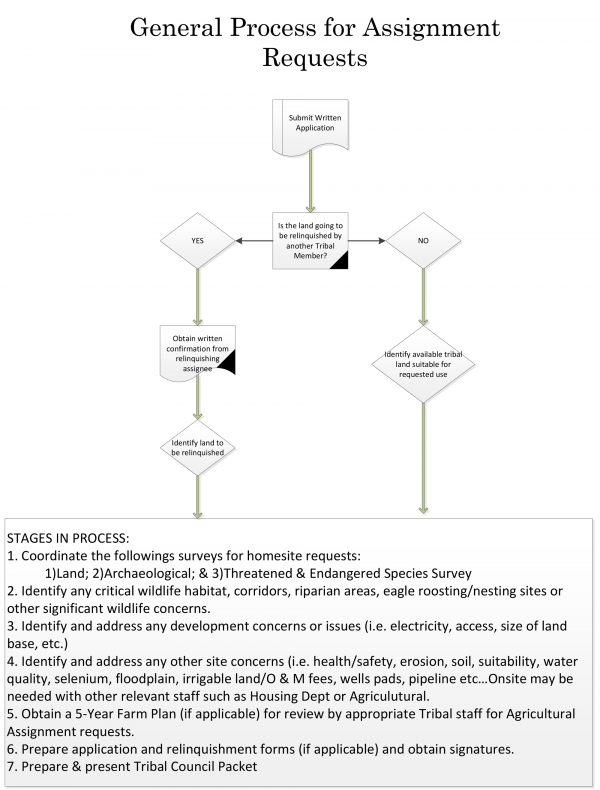
Lands Specialist
Tamie Begay acting
(970) 563-2338
Lands Technician
vacant
Resources
Tribal members may change or designate a beneficiary for the land assignment by submitting a written request to the Lands Division. The request is presented to Tribal Council for approval. The beneficiary is for the Land Assignment ONLY and does not cover the home.
Tribal Council Approves Title 29 – Land Assignment Code
On November 7, 2017, the Southern Ute Indian Tribal Council approved a new tribal Land Assignment Code. The new code replaces the Tribe’s Land Code, which was adopted by the Tribal Council and approved by the BIA in 1963 and had never been updated.
According to former Tribal Chairman Clement Frost, “The Tribe’s new Land Assignment Code provides the framework for the assignment of tribal land to tribal members. The two-decade long process for developing the Land Assignment Code was inclusive, involving the tribal membership. The Land Code was antiquated and needed modernizing to reflect current practices for processing tribal member land assignments.”
The Director of the Tribe’s Department of Natural Resources, Lena Atencio, commented, “The code was drafted utilizing the existing code and modernizing its components so it reflects the existing practices and processes related to tribal land assignments. The Land Assignment Code reflects the combined efforts and input of the Tribal Council, a tribal member committee, tribal members who attended meetings and submitted comments, Department of Natural Resources staff, and tribal attorneys.”
According to Atencio, whose Department has been charged with implementing the new code, the differences between the old Land Code and the new Land Assignment Code include:
- The name of the code has been changed from Land Code to Land Assignment Code.
- The code has been re-formatted to be consistent with the format of other tribal codes.
- A definitions section has been added.
- The assignment application process is clearly set forth in the proposed Land Assignment Code.
- The code requires the submission of a homesite development plan as part of the application process for a homesite assignment.
- The code expressly delegates authority to the Department of Natural Resources to implement, administer and enforce the code subject to a right to appeal any department decision to the Tribal Council.
- Tribal members are given the option to name a beneficiary for an agricultural assignment with no minimum age designation and “contingent beneficiaries” are allowed. For homesite assignments, the beneficiary is the person who is the lawful owner of the former assignee’s house on the assignment.
The new code was approved by the BIA on August 6, 2018. If you do not have access to a computer and have questions or concerns, please contact the Department of Natural Resources at 970-563-0126.
Return to Lands Division

